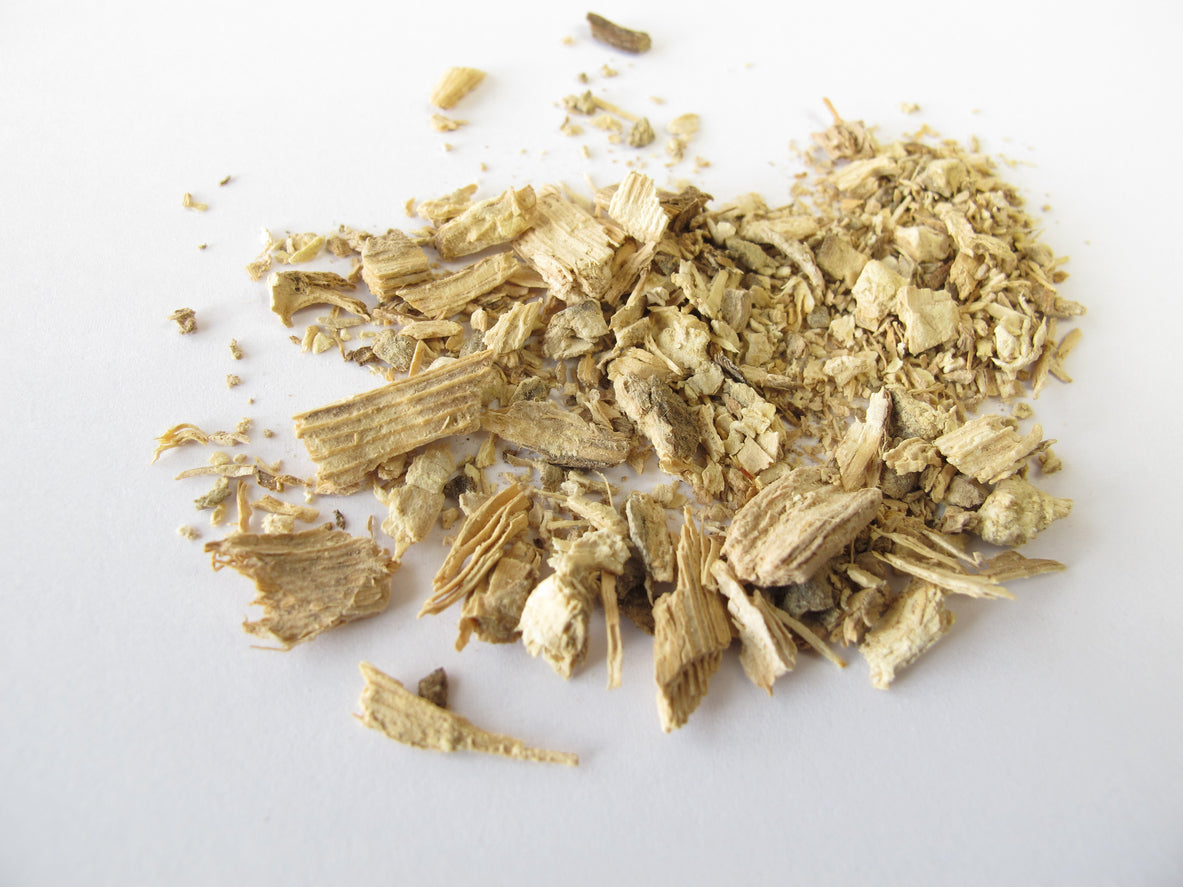
Kava has been used for centuries among both native Pacific Islanders and others around the world. To be more specific, kava can be dated back to 3000 years ago when the regions within Oceana discovered the root that derives from the pepper family.
When something has been around for that long, it is natural for questions to be created by those who know little about kava. As with all questions, they start can grow over time into large falsehoods.
It is important to correctly answer these questions whenever possible so that people who can benefit from kava are informed and not afraid to use this product.
You probably have quite a few questions regarding Kava, and we're here to answer them.
Is Kava is Addictive?
To be addicted to something it means you are physically unable to stop using the product. It also means you will experience withdrawal symptoms, some severe, that make it almost impossible for you to quit.
For example, those addicted to opioids have often reported when they try to quit taking the drug, they experience nausea, vomiting, flu like symptoms, cramps, muscle spasms and much more.
They even report that their brain will not let them focus on anything other than their drug of choice. Being addicted means you continue using a drug despite negative consequences. This means that even when people get arrested, lose jobs, lose homes, and even drive away family members, they continue to use the drug.
There have been no reports, in the centuries of its existence, of anyone becoming addicted to kava so much so that they could not stop using it. In fact, regular users of kava report they do not even have withdrawal effects when they stop using kava.
There have been some reports that kava can aid in preventing cravings for those in recovery.

Is Kava similar to Alcohol?
Kava is nothing like alcohol. Kava is extracted from the root of a natural plant in the South Pacific Islands. The only thing kava is processed with is water.
Alcohol, however, is processed by allowing yeast to break down the sugars from fruits and grains. It is broken down through fermentation into carbon dioxide and alcohol.
Alcohol alters the mind, interferes with a person’s judgment and can cause damage to the brain. Alcohol also makes you have slurred speech, staggered walk and hangovers.
Alcohol has also been linked in many studies to liver damage that leads to death. Alcohol can cause ulcers and damage to the esophagus.
Kava does not alter the brain in any way. It allows you to feel relaxed and calm but retain full mental clarity. It has never been shown to damage the brain or cause your speech or body to change the way it normally performs.
Can overuse of Kava cause liver damage?
Kava has not been reported to damage any parts of the body. For a brief period, a small group of people reported liver problems after drinking kava. While they were harmed, it was not by superior quality kava.
This misunderstanding bruised the reputation of kava for a while. In recent times, with the truth being spread and myths being dispelled, kava is regaining its popularity.
A 2015 report stated a link between kava and liver toxicity is rare at best. The question surrounding kava and liver damage was exaggerated heavily and is considered by many to be a misunderstanding.
The truth is that ignoble kava, or that made from stems and leaves, was exported under false pretenses. Someone trying to make quick money exported bad kava. These less than quality versions of kava did cause damage to some people who ingested it.
The number of people who were effected were less than one hundred. That number is minute when you consider the millions of people enjoying kava every day.
There have been no known reports of liver damage among the Pacific Islanders who have been drinking kava for centuries. Therefore, the answer to this question is kava is safe to drink.
If your source for kava is reputable and are using noble kava strands only (taken from the roots), then you will be fine enjoying a drink of kava.
Doesn’t Kava taste terrible?
Some people enjoy the taste of fresh kava while others do not. Taste varies among users. But just like other herbs, the taste can be enhanced by combining it with juice or other flavoring methods.
There are some companies that sell kava candies and palate cleansing chasers to help those who do not enjoy the original taste. You can also mix kava with other beverages.
Many people choose the mildest kava to consume because it is also the mildest in flavor.
Experimenting with your fresh kava can take some time and effort but once you find the method that enhances the flavor of your kava, you will be able to enjoy the drink even more in the future.
Is Kava hard to purchase?
Many people have a misunderstanding about the accessibility of kava.
The fact is that kava, taken directly from the root of the piper methysticum plant, does not last for long after it is harvested. That is, unless it is pounded and ground and dried to form a powder that can be shipped internationally.
Suppliers of kava buy the product from reputable farmers who are insistent on providing the best kava powder.
It was rumored that kava was banned for export. This is only true for ignoble kava.
Ignoble kava is made from the leaves and stems of the kava plant. This processing method is used by farmers who are only out to make a quick dollar. They produce and sell this type of kava in a way that is illegal.
Noble kava, or kava with high quality, is legal for export.
To make sure you get the best quality kava, make sure you purchase from quality suppliers. You can know they are quality suppliers because they are transparent with their practices and they welcome questions from consumers.
They are also certified by the American Kava Association, who makes it a point to ensure suppliers are providing kava in its best form.
Now that these common questions have been answered, it’s time to enjoy your cup of relaxing, calming kava.
